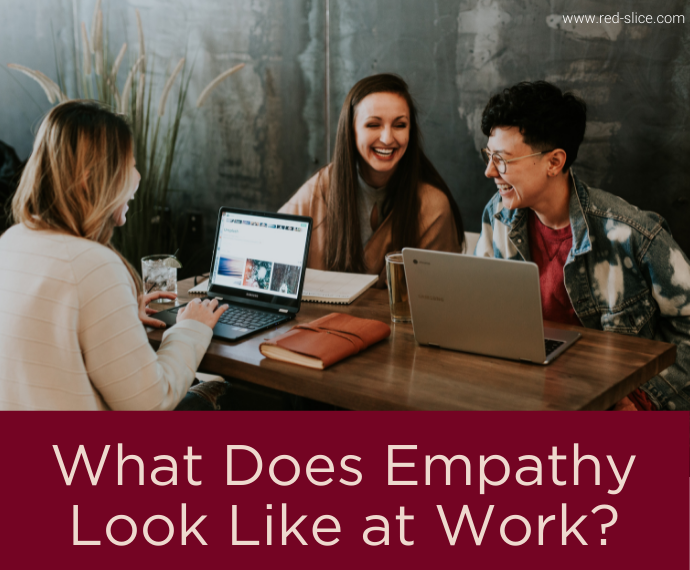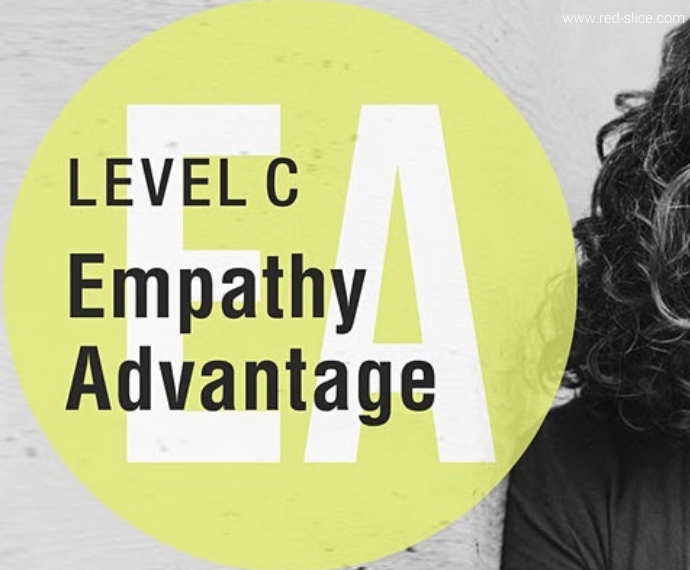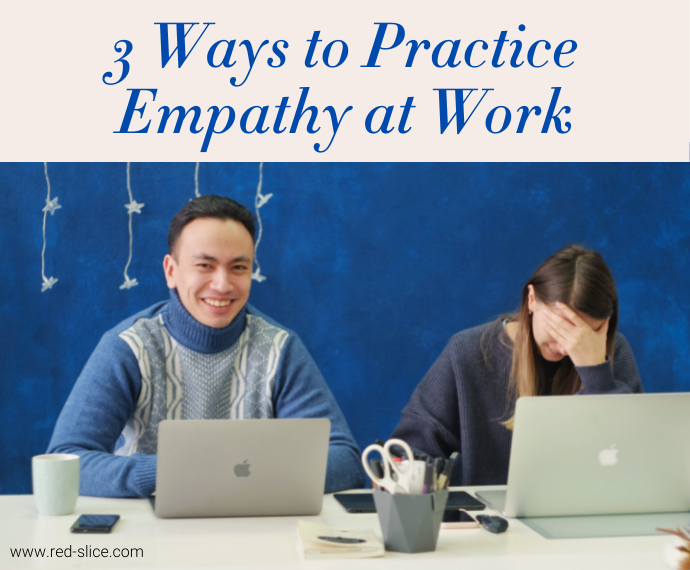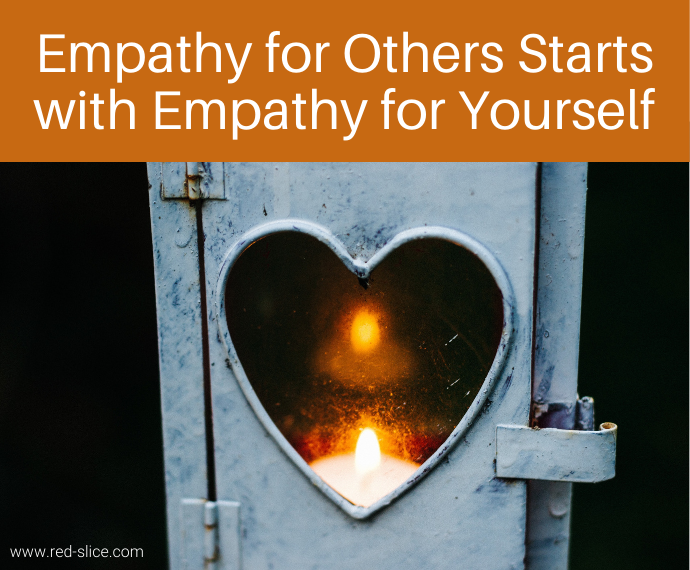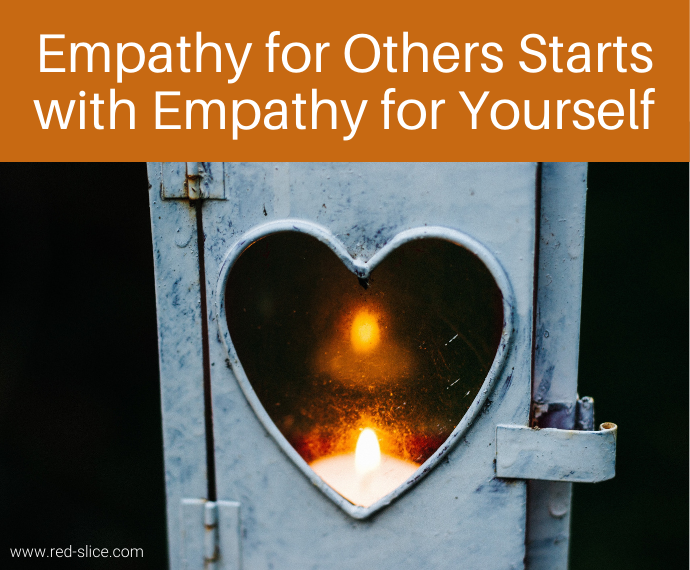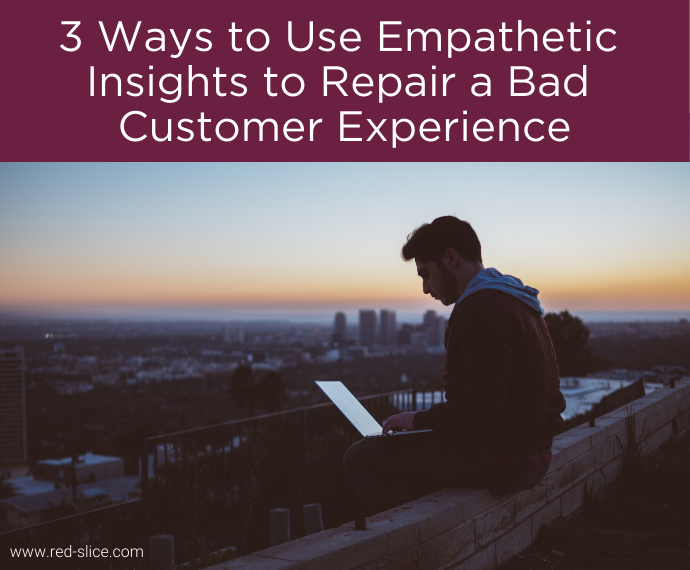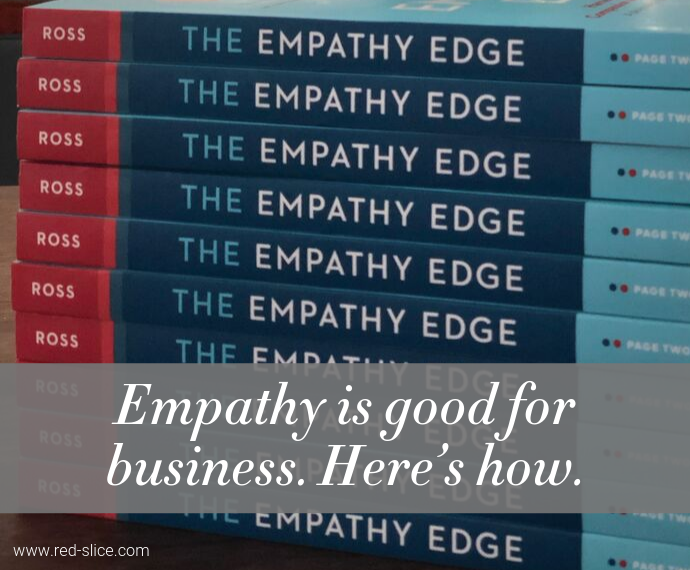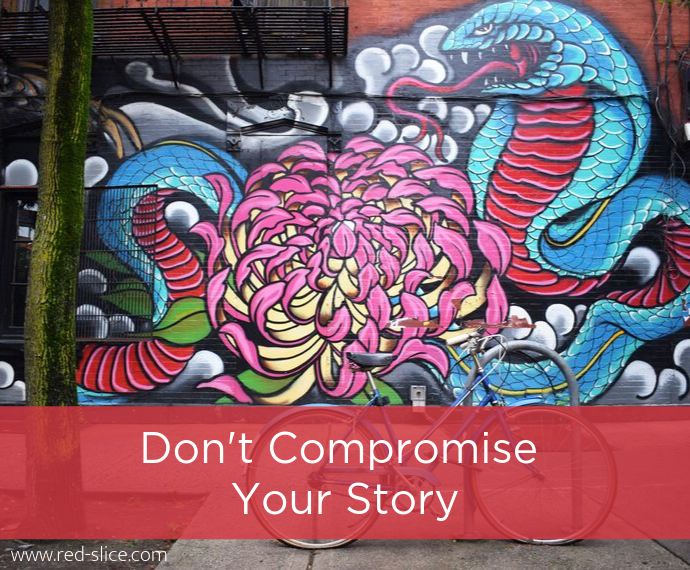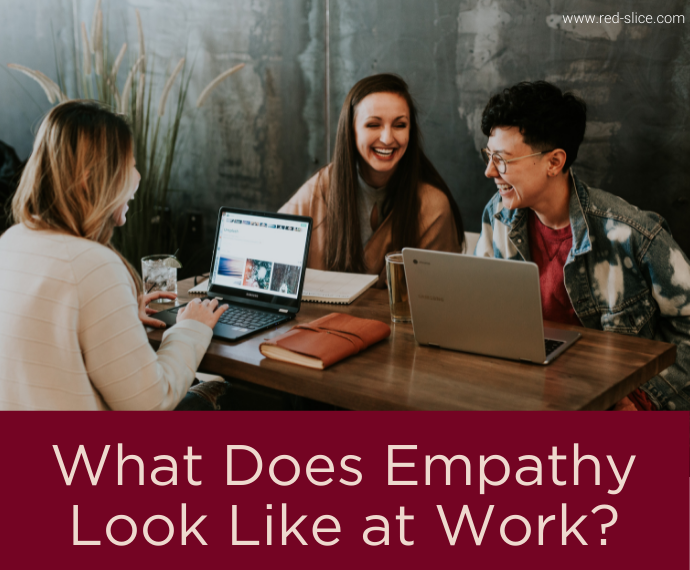
We all agree more empathy is a great idea, yes? Companies have grand plans to create inclusive cultures and we as leaders take empathy workshops to strengthen that muscle and boost innovation, collaboration and engagement.
But what does empathy look like at work? Like, in action at work? And how can we avoid slipping into unproductive sympathy when we make those attempts?
When expressing sympathy, for example, you might say something like: “I’m very sorry for what you’re going through.” Empathy, however, sounds more like: “I understand how you’re feeling; please know that you’re not alone.”
Here are three examples of what empathy looks like at work and how it differs from falling into the sympathy trap:
Sympathy Play: “Oh, I feel bad for my colleague in her wheelchair! That’s just awful, poor thing.
You think you’re being nice, you think you’re being empathetic. Instead, you are making assumptions that your colleague is unhappy and “less than.” Her life may be amazing but you have made all kinds of assumptions. While sympathy might feel good to you, it diminishes who she is and what she can contribute.
More empathetic: Does the site we’re considering for our team meeting have access ramps and elevators? Are our restrooms ADA compliant? Are our tables and desks the right height for her wheelchair to comfortably fit? Empathy is seeing things from her point of view and being proactive. Thinking ahead.
Think ahead and focus on proactive adaptation, not pity, to increase inclusivity and exhibit empathy at work. (TWEET THIS!)
Can we find a new location or change out/adjust our office furniture? Maybe a ropes course is not the best team building idea. Let’s ask her out to lunch and find out how she is able to drive with us – is her car fitted to her needs? Let’s drive with her and ask her or research on our own which cafes are ADA accessible.
Sympathy Play: “The new hire has autism so let’s be sure to be extra nice to him and not give him too many taxing projects he can’t handle Also, I’m gong to speak v-e-e-e-r-r-y-y-y slowly to him.”
While this new colleague may need some accommodations due to how he best interacts with others, communicates, and learns, assuming he can’t handle his job is insulting and doesn’t help him learn and grow in the role. Stop making assumptions and instead get to know how he best operates. Neurodiverse people often have skills that make them extremely valuable in the workplace as a result of, not in spite of, their neurological or developmental disorders Assuming you need to speak to someone because of your limited knowledge of his reality is also not winning you any charm points.
More empathetic: Have an honest conversation with your new colleague and get to know him. Share that you know about his neurodiversity and want to support him. Autism is a broad spectrum. Ask him what types of projects he enjoys, and how he best works, learsn, and communicates. Empathy comes when you then adapt appropriately to enable him to be the best version of himself at work.
Sympathy Play: You feel really bad for a new mom returning to work who is feeling flustered, overwhelmed and suffering from a bit of brain fog. But that’s where your support ends.
More empathetic: if you’ve been a new parent, you can say “I understand how you’re feeling right now. You’re not alone so please let me know how I can best support you.” If you’ve never had kids, you can try to put yourself in her shoes and say, “I can imagine what you’re going through right now. I’m here to listen if you need to talk. You’re not alone.” Save your judgment and pity and reach out to take action instead!
When you notice the subtle shift from sympathy to empathy, that’s when you can truly create an inclusive culture that welcomes all types of people and helps them bring their best selves to work every day.
Here’s a great video from a Brene Brown talk that amusingly shows the difference between empathy and sympathy.


